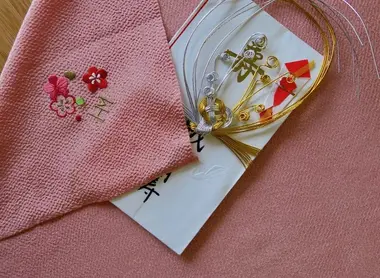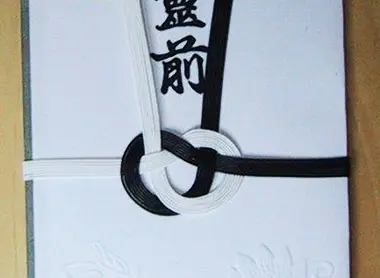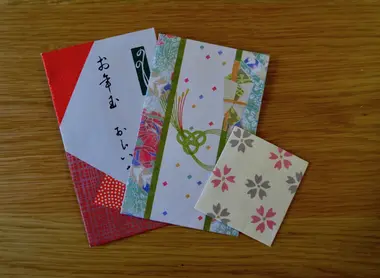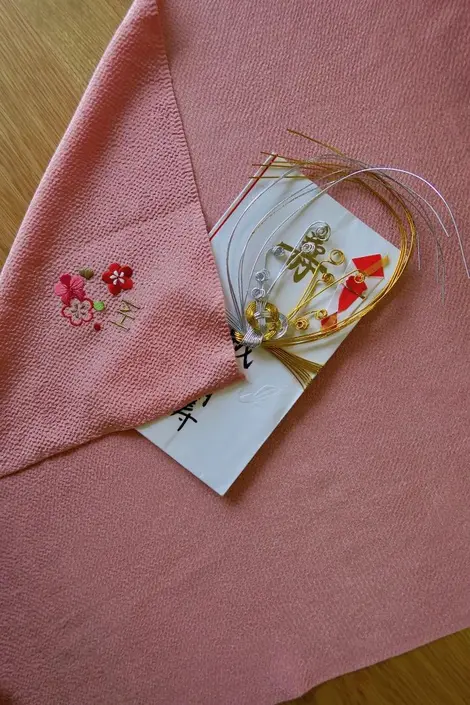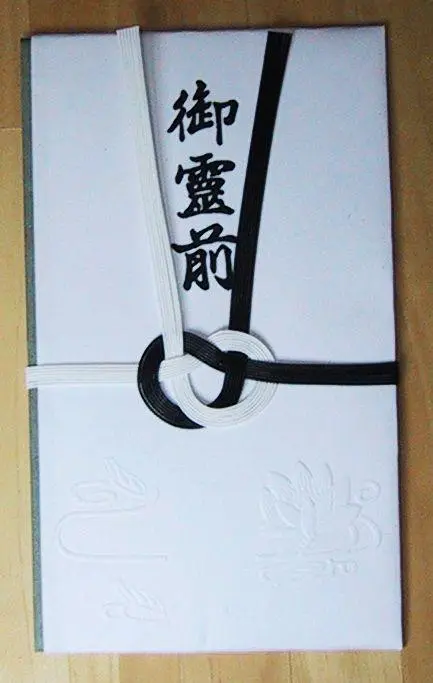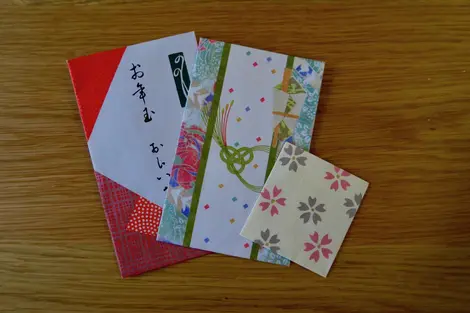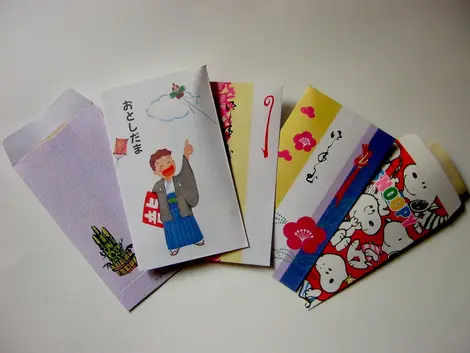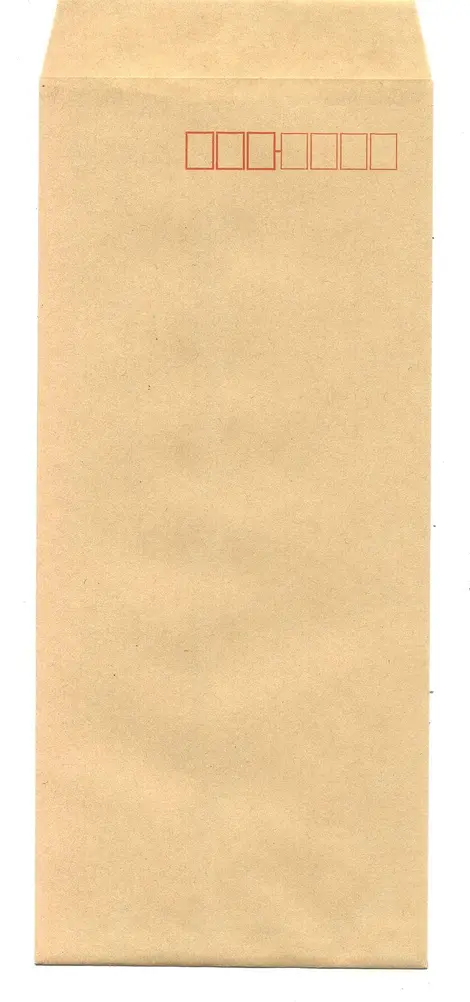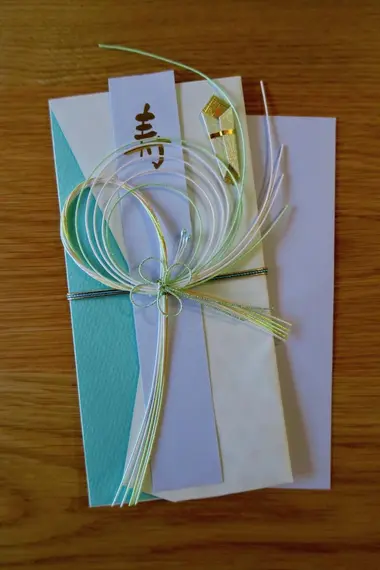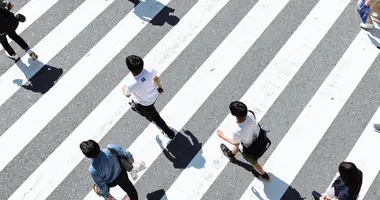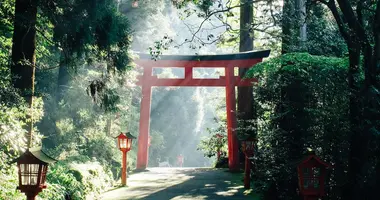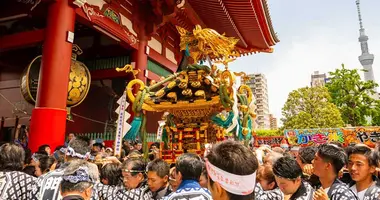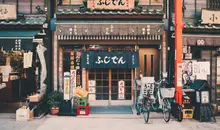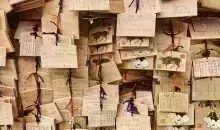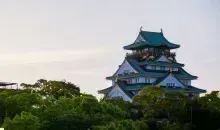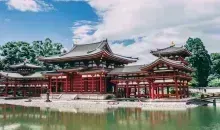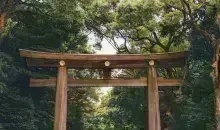Japanese envelopes 日本の封筒
- Publicado el : 25/01/2018
- Por : J.L.
- Youtube
Du courrier aux étrennes
Les enveloppes ne sont pas utilisées que pour le courrier, mais plutôt pour de nombreux événements importants de la vie quotidienne, aussi pour s'échanger de l’argent dans les règles de l'art.
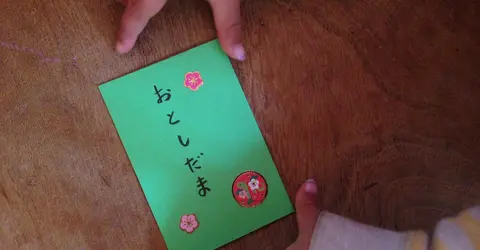
Gift envelope for children, otoshidama
KE-TA
Traditionally in Japan, the envelope is always used in the vertical format - whether it is a letter or document, the Western-style horizontal format is also used. Since the Heian period (794-1192), the letters have been wrapped with white washi paper. During the Edo period (1603-1867), the fashion for the artistic envelope developed and intensified under the progress of the postal system during the Meiji period.
The use of envelopes in daily life
In Japan, paying in cash is very common. Although the use of the bank card has developed, the bank check is very rare.
At the post office, everyone has the possibility of sending money, by special registered letter for cash or utilizing a special envelope at 20 yen (18 US cents about 15 euro cents). At the bank, the money is counted in front of you and then given to you in an envelope. This is why there are always envelopes available at each ATM cash dispenser.
To read: Withdraw money in Japan
In the country of hygiene and respect in all circumstances, giving money directly is impolite, which is why the donation is always made in an envelope.
Gift envelopes
It is customary to give, or rather to offer as a gift, money for each significant moment in life: birth, school entry, the ceremony for children aged 3.5 and 7 years old Shichi-go- san, wedding, funeral. For the Seijin-shiki coming of age ceremony, the birthday, a departure (abroad, from a company, on retirement, etc.), without forgetting the great tradition of January 1 (otoshidama), it is customary to offer a sum of money in a pretty envelope.
Read: New Year's Day in Japan
An envelope for every occasion
Named Shugi-bukuro, these envelopes are intended to give money at a wedding. This special washi paper envelope is made in a "two in one" system. The interior is used to put the money and the exterior, richly decorated with Mizuhiki - colored and knotted washi paper cord, red and gold - has only an aesthetic role. The Mizuhiki is as much evidence as a seal, as a symbol of human connection meant to ward off misfortune.
For many other occasions, the Japanese use simplified envelopes with a printed Mizuhiki.
For children, Pochi-bukuro, used mainly for New Year's gifts, otoshidama, are envelopes with the image of their favorite heroes, Hello Kitty, Doraemon, etc.
Named Kôden-bukuro, condolence envelopes resemble Shugi-bukuro in shape, except that Mizuhiki is black and white, sometimes yellow and white in some areas.
To bring these envelopes, a square of silk called fukusa makes it possible to cover the whole thing so as not to damage it and once again as a sign of respect for the sentiment.
Paper mills are full of envelopes of all kinds; an entire department, very well supplied, offers a wide choice for all these occasions.
Read also: Ito-ya and his precious papers
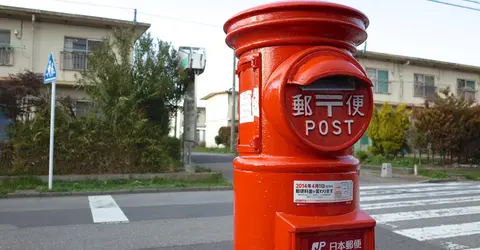
Japanese mailbox
Mxmstryo
